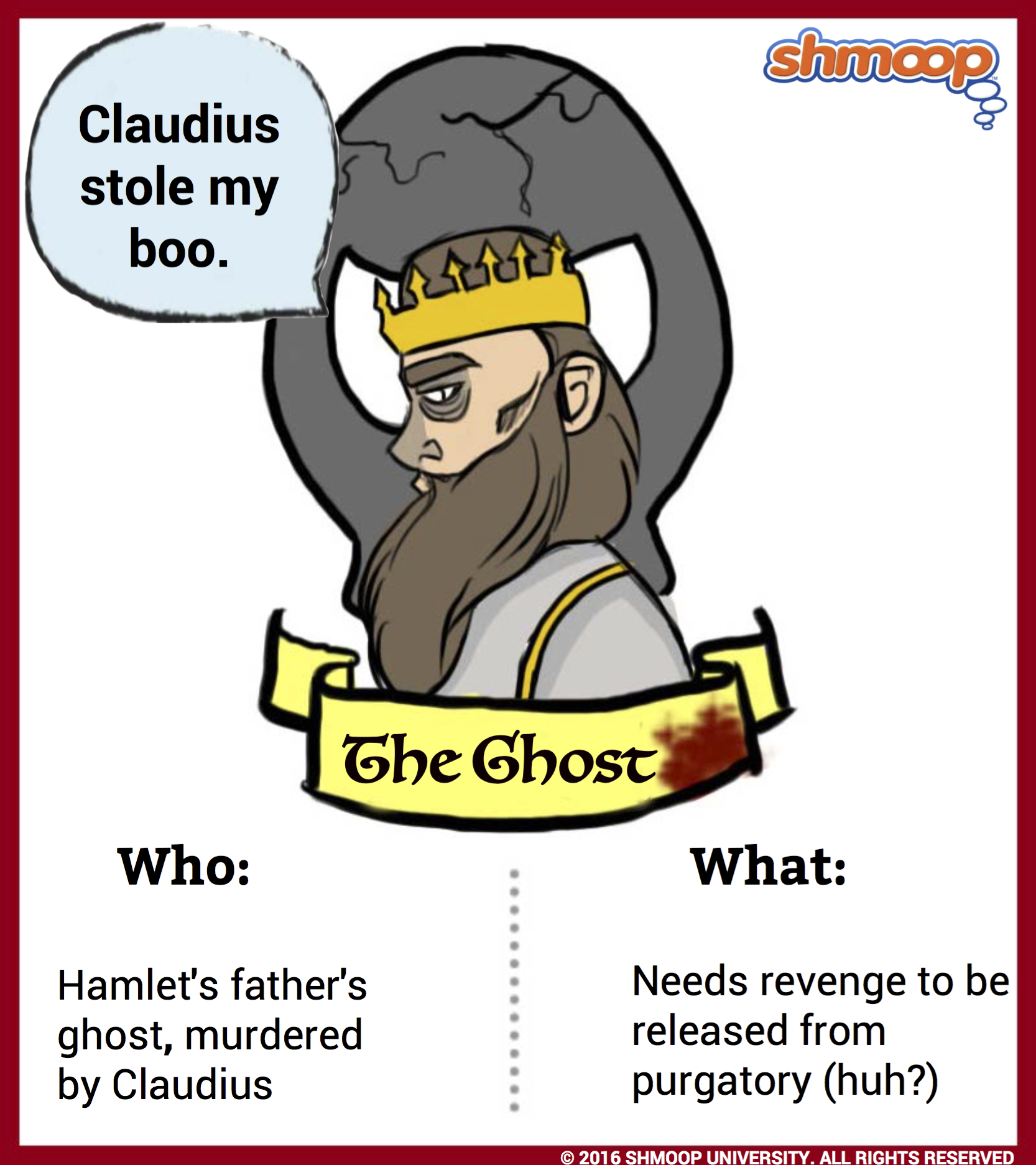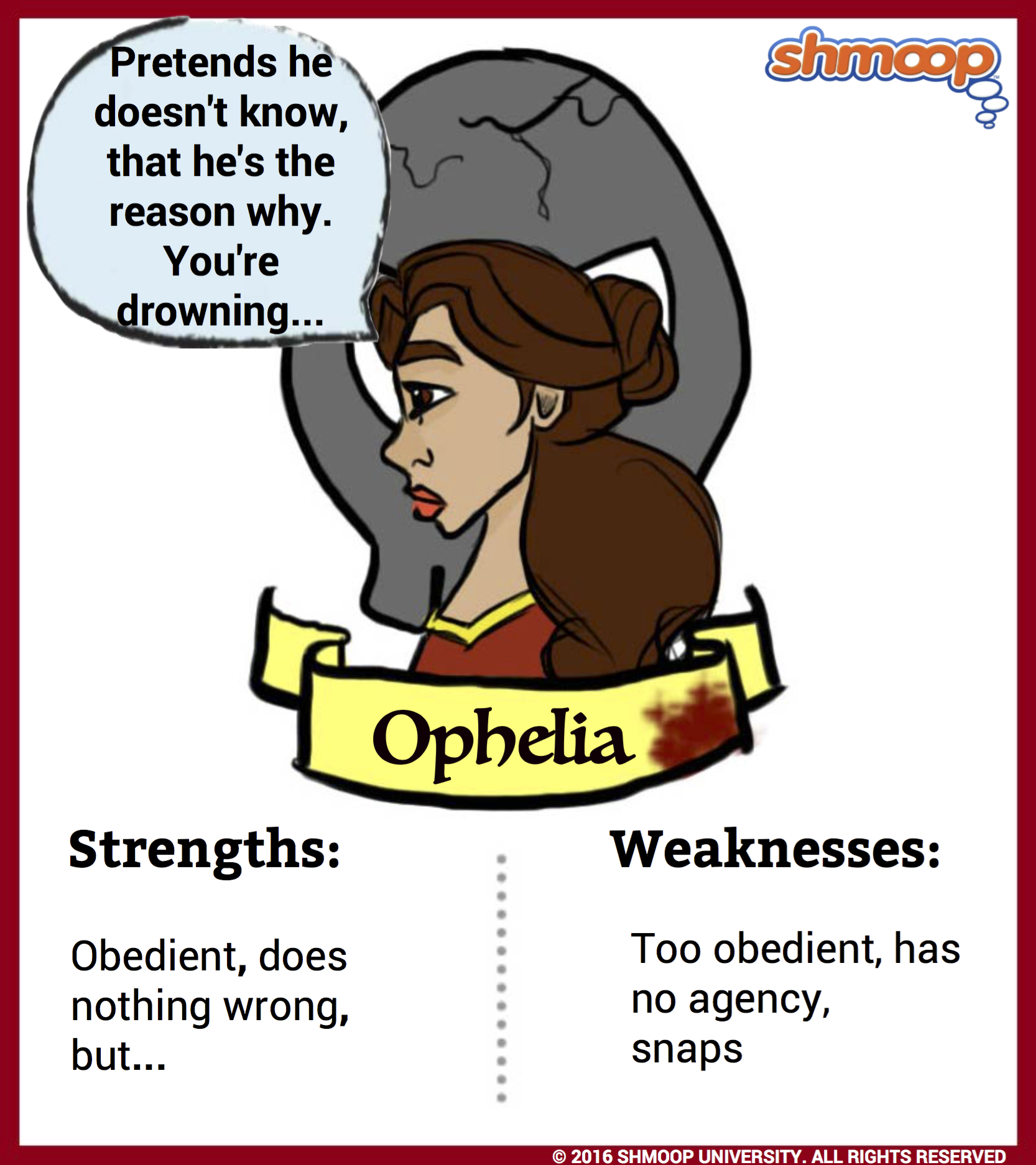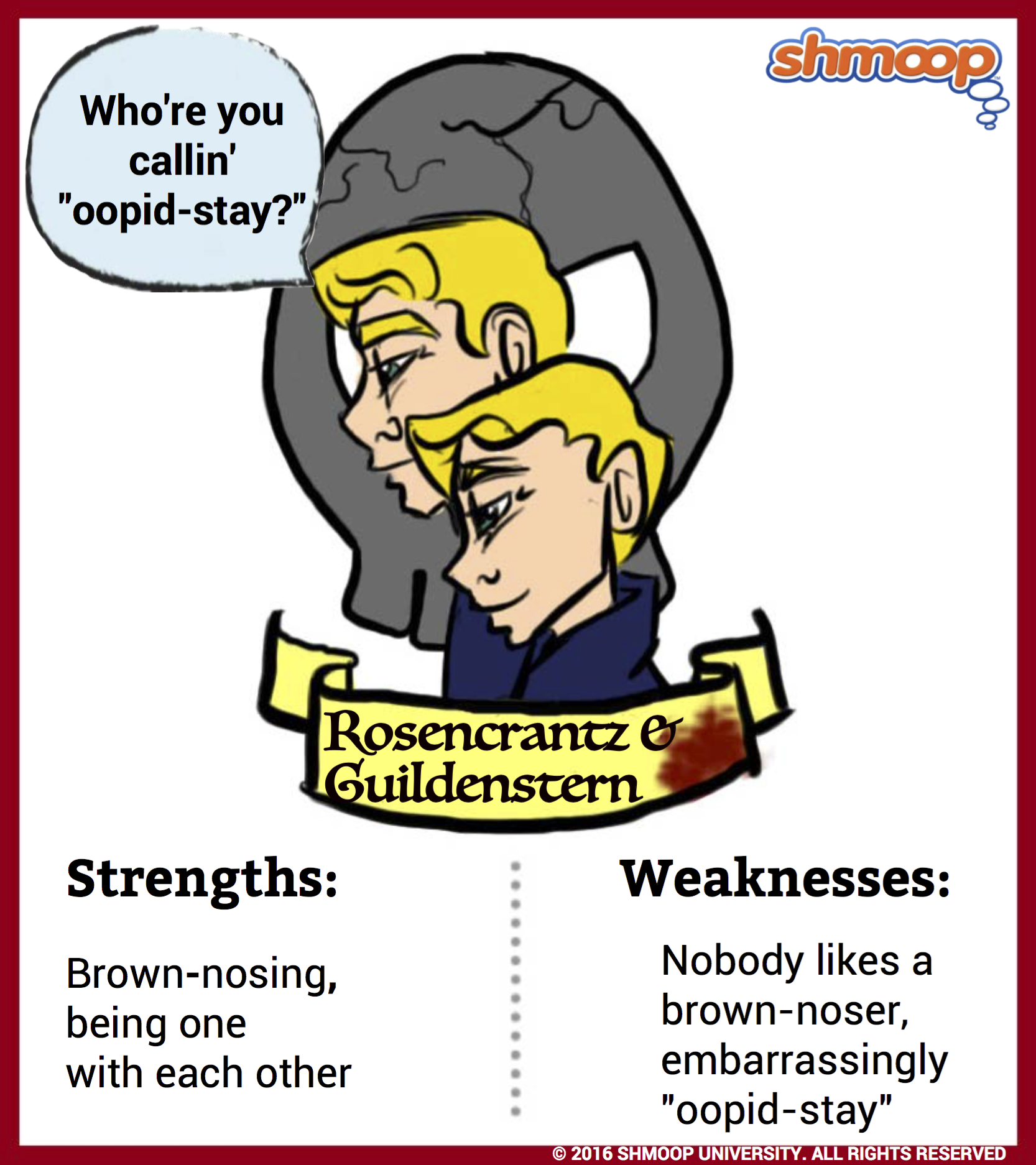Hamlet character analysis to be or not to be
To be, or not to be: To die, to sleep; To sleep: He pondered the prospect.

To sleep — as simple as that. And with that sleep we end the heartaches and the thousand natural miseries that human beings have to endure.

Yes, that was the problem, because in that sleep of death the dreams we might have when we have shed this mortal body must make us pause.
So thinking about it hamlet character analysis to be or not to be cowards of us all, and it follows that hamlet character analysis to be or not to be first impulse to end our life is obscured by reflecting on it.
Let us know in the comments below.
Hamlet Study Guide - explanatory notes, character analysis and more
The first six words of the soliloquy establish a balance. There is a direct opposition — to be, or not to read article. Hamlet is thinking about life and death high not report card template pdf pondering a state of being versus a state of not being — being alive and being dead.
The balance continues hamlet character analysis a consideration of the way one deals with life and death.

Life is a lack of power: Death is therefore empowering: Living is a passive state; dying is an active state. But in order to reach the condition of death one has to take action in life — charge fully armed against Fortune — so the whole proposition is circular and hopeless hamlet character analysis one does not really have the power of action in life.
With that thought Hamlet stops hamlet character analysis to be or not to be reconsider. What will happen when we have discarded all the hustle and bustle of life? The problem with the not is that life after death is unknown and could hamlet character analysis to be or not to be worse than life.
And now Hamlet reflects on a final end. Who would bear that when he continue reading just draw a line under life with something as simple as a knitting needle — a bodkin? And how easy that seems.
Hamlet now lets his imagination wander on the subject of the voyages of discovery and the exploratory expeditions.
Hamlet's "To Be, or Not to Be" Soliloquy and Summary
Dying is like crossing the border between known and unknown geography. One see more likely to be lost not that unmapped place, from which one would never return. The implication is that there may be unimagined horrors in that land. Hamlet now seems to make a decision. So with that added dimension the fear of the unknown after death is intensified.
But there is more to it than that.
What Is the Meaning of "To be or not to be," Hamlet's Famous Quote?
Not the action of the play he makes excuses for not killing him and turns away when he has the click to see more. At the end of the soliloquy he pulls himself out of this reflective mode by deciding that too much thinking about it is the thing that will prevent the action he has to rise to. This is not entirely a moment of hamlet character suicide. In this soliloquy life is burdensome and devoid of power.
In this soliloquy Hamlet gives analysis list of all the things that annoy him about life: Hamlet is the most frequently performed play around the world. It has been calculated that a performance begins somewhere in the world every minute hamlet character analysis to be or not to be every day. It was built in by the Danish king, Eric of Pomerania.

Can i pay someone to do my coursework guide
It marks the beginning of Hamlet's "To be or not to be" speech which is a soliloquy. The speech and the line reflect some of the existential questions that Hamlet the play and Hamlet the character are interested in.

Cheap custom paper writing
Hamlet Study Guide Please see the main page for the complete play with explanatory notes for each scene. O this too too

Engineering homework help
This soliloquy is considered to be one of the most important and fundamental in English literature. Hamlet's dilemma is whether it is worth it to exist, and he weighs life's worth against the nothingness of nonexistence as he toys with the idea of suicide. He wonders which is more appropriate given his desperate situation:
2018 ©